We use cookies to enhance your browsing experience serve personalized ads or content, and analyze our traffic. By navigating our website, you consent to our use of all cookies. You can opt-out if you wish by clicking on “Configure Cookies”
How Long Does It Take For Objects to Become Buried?
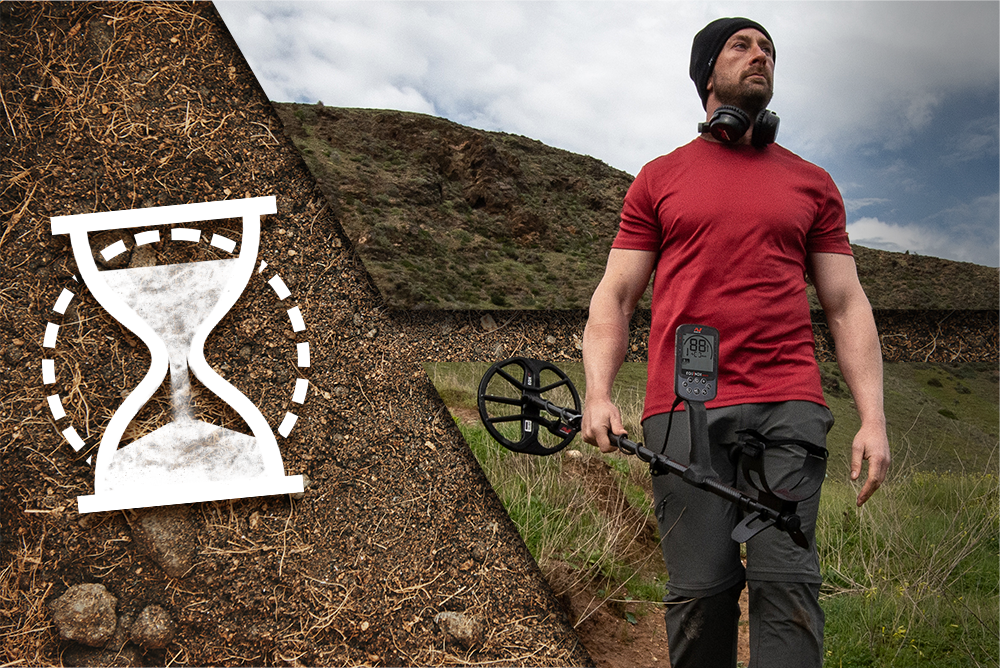
If you're a metal detecting enthusiast, you know that the search for lost metals can reveal true treasures. However, a common question among detectorists is, "How long does it take for an object to become buried?"
This isn't a simple question to answer, as it can vary significantly depending on several factors, including the environment, weather conditions, human activity, and the nature of the object itself.
In this article, we'll explore how objects become buried in the ground and the depths metal detectors can reach. Let's dive in!
Factors Influencing Object Burial
Metal detecting goes beyond just finding lost objects; it's also about understanding the factors that influence how objects get buried. Let's take a closer look at each of these factors.
Erosion: It is the natural process of the land wearing away due to agents like water, wind, and ice, which can gradually deposit layers of soil over exposed objects, burying them over time. This process can occur slowly or gradually, depending on the terrain's characteristics, causing minerals and rocks to be carried to other locations and shaping the landscape.
Sedimentation: It refers to the process where sand and soil particles gradually deposit in a specific area, forming layers over time. In metal detecting, sedimentation plays a crucial role in burying objects, as particles accumulate and cover objects, pushing them deeper into the ground.
Human activities: Such as building roads, buildings, and other infrastructure, can result in soil accumulation over objects. Earth movement during construction or agriculture can also contribute to the burial of objects.
Natural Phenomena: In some cases, natural events like landslides, floods, or geological occurrences can quickly deposit significant amounts of soil, burying objects in a short time. Events like floods can also deposit sediment layers over objects within hours or days, depending on the event's magnitude.

U.S. Weather and Soil Conditions
In the United States, weather and soil conditions can vary dramatically from region to region, influencing how quickly objects become buried. For instance:
Desert Regions: In areas like the Southwest, objects can remain exposed for extended periods due to minimal rainfall and low erosion rates. However, sudden flash floods can rapidly bury objects under sediment.
Forested Areas: In the Pacific Northwest and parts of the Northeast, dense vegetation and regular rainfall contribute to significant organic matter accumulation, which can lead to quicker burial of objects.
Coastal Areas: Beaches and coastal regions experience constant shifting sands and tidal movements, which can rapidly cover or uncover objects. Storm surges and hurricanes can also dramatically alter the landscape, burying objects quickly.
Plains and Farmlands: The Midwest's agricultural activities, combined with wind and water erosion, can both expose and bury objects over time. Seasonal plowing and planting can bring buried items closer to the surface or push them deeper.
So, How Long Does it Take for an Object to Become Buried?
The exact time required for a specific object to become buried can vary widely, from just a few years to thousands of years. For example, in arid environments with little erosion, objects can remain exposed for millennia, while in areas with high sedimentation rates, they can be quickly buried.
According to researchers at the University of Michigan, human activity causes 10 times more erosion of continental surfaces than all natural processes combined. This accelerated erosion, driven mainly by agriculture and construction, leads to significant soil displacement and burial of objects at much faster rates than natural processes alone would achieve. Therefore, the rate of erosion is highly variable depending on the intensity of human activity and environmental conditions.
Examples of Buried Objects
Medieval Coin
In 2022, 52-year-old Englishman Michael Leigh-Mallory found a valuable coin using a metal detector. This valuable coin was minted in the 13th century during the reign of Henry III. The artifact was buried 3.94 inches deep in agricultural land in the village of Hemyock, Devon, southwestern England, according to an article in Galileu Magazine.
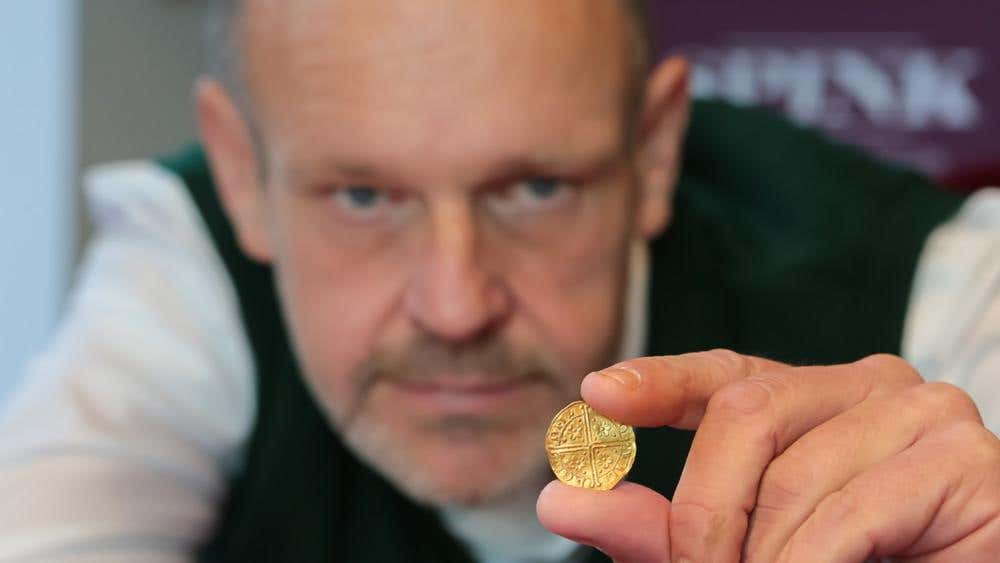
The Gaskins Pirate Treasure
In 2014, a metal detectorist discovered a hoard of silver coins on Oak Island, North Carolina, believed to be associated with the pirate Blackbeard. The coins, which date back to the early 1700s, were found in an area known for pirate activity and add to the lore of hidden pirate treasures along the Atlantic coast. The soil conditions, influenced by coastal erosion and sedimentation, play a significant role in the burial and preservation of such treasures.
Objects Found on Brazilian Beaches
According to G1, Paulo César Júnior, 44, and Nádia Moreira, 55, residents of Santos, practice metal detecting as a hobby on Brazilian beaches. Over the years, they've found various objects, including an iPhone 11 buried about 11.81 inches anbelow the sand's surface in Santos in 2021 and a drone found in the sea.
Saddle Ridge Hoard
In 2013, a couple in Northern California discovered a cache of buried gold coins while walking their dog on their property. Using a metal detector, they unearthed a total of 1,427 gold coins dating from 1847 to 1894. This find, known as the Saddle Ridge Hoard, is considered one of the most significant buried treasures ever found in the U.S. and is valued at over $10 million. The coins were buried in metal canisters and were preserved due to the stable soil conditions and lack of significant erosion in the area.

Source: Kagin's, Inc. / AP Photo
Qing Dynasty Coin
On June 9, 2023, an amateur treasure hunting group found a relic during an expedition. One member detected a signal near a concrete slab and, upon digging, found what initially appeared to be a simple washer 1.18 inches deep. However, after cleaning it, they noticed Chinese symbols and, using Google Lens, identified the piece as a Qing Dynasty coin dated between 1750 and 1780.
Spanish Gold Coin
In 2020, a metal detecting enthusiast found a rare Spanish gold coin on a Florida beach. The coin, dating back to the 1715 fleet that sank off the coast of Florida, is a remnant of a Spanish treasure fleet lost during a hurricane. These coins are highly valued by collectors and provide historical insights into the era of Spanish exploration and colonization. The coastal sands and frequent storms contribute to the dynamic burial and exposure of such artifacts.
Ready to Become a Detectorist?
In this comprehensive guide, we've explored the journey of an object buried in nature and discovered that the time required for its complete burial can vary depending on various factors. But the adventure doesn't end here! Metal detecting offers a unique opportunity to uncover the secrets of the past, discovering lost objects and forgotten stories.
With Minelab metal detectors, you'll have the best technology to start your journey in metal detecting. Explore nature, discover the thrill of the hunt, and uncover the mysteries of the past.








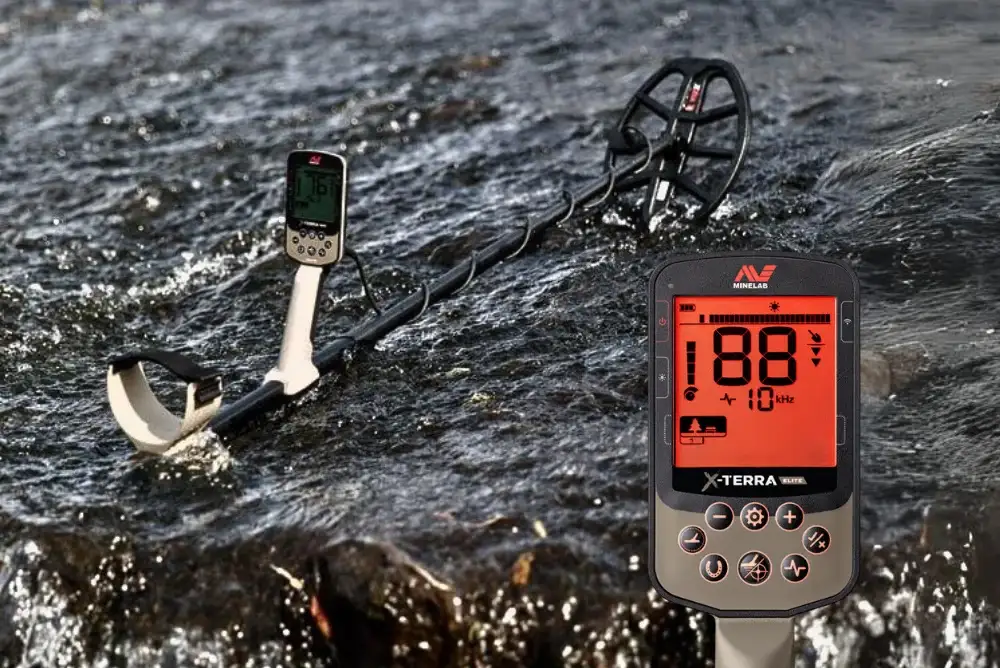
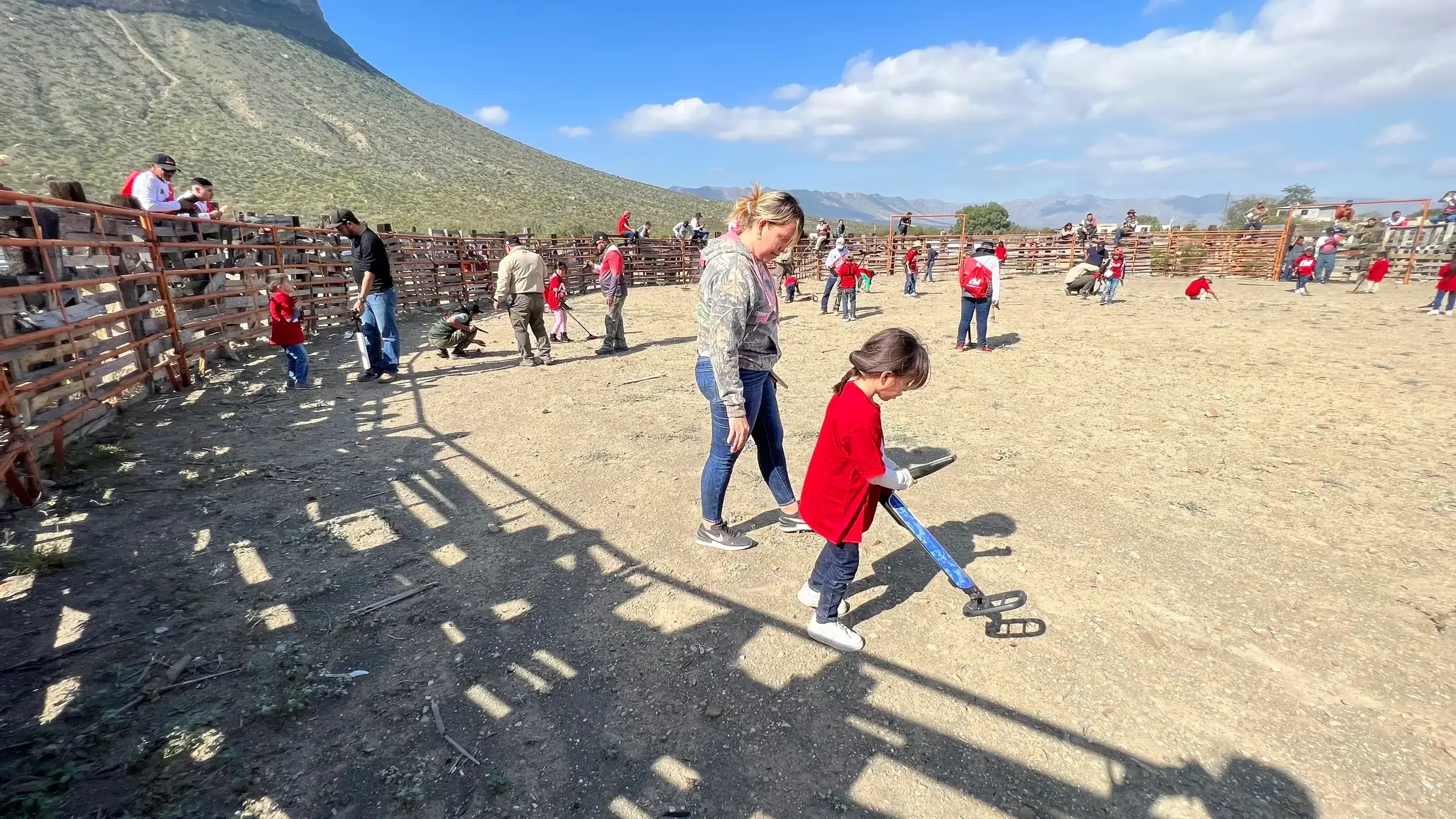
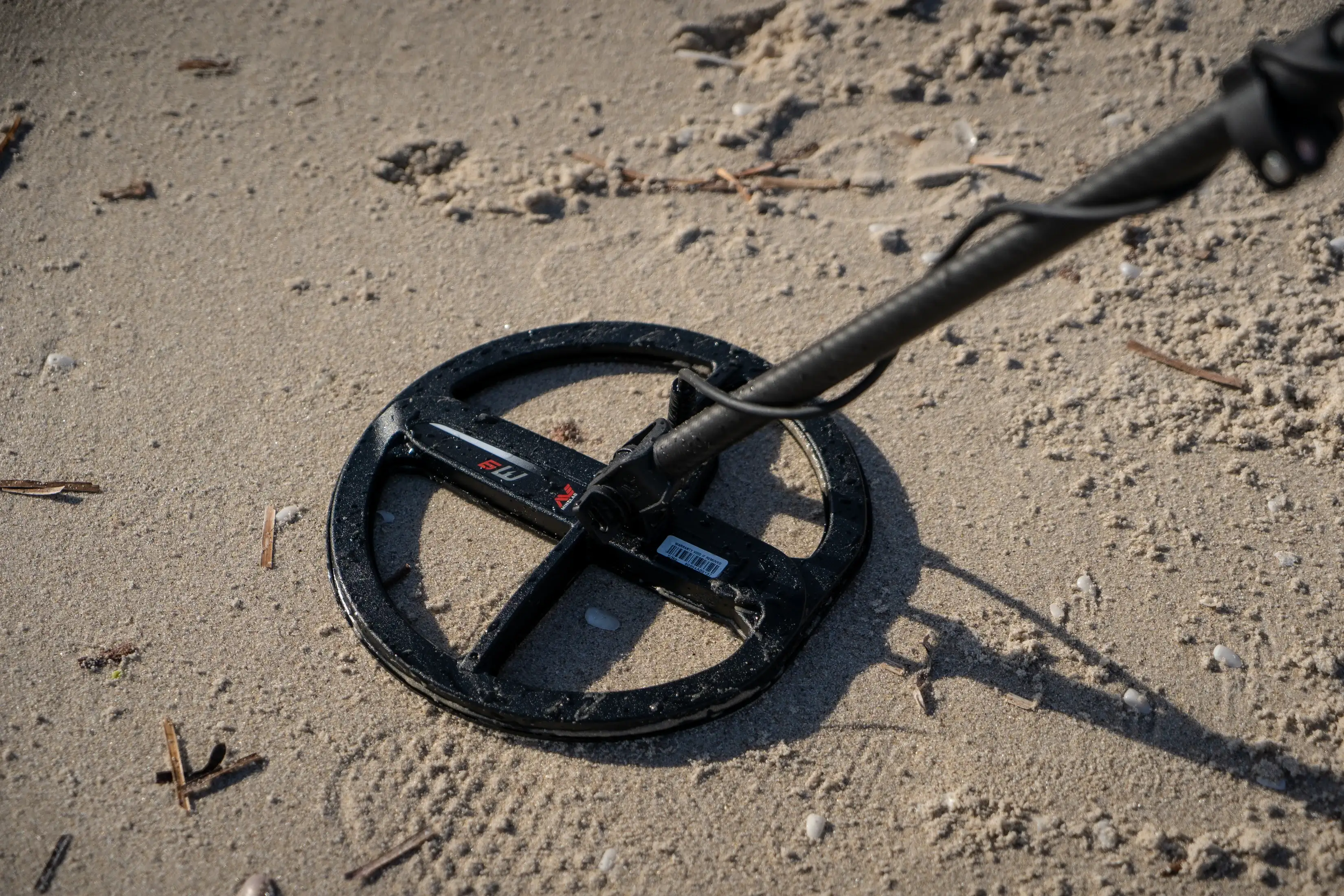



Comments